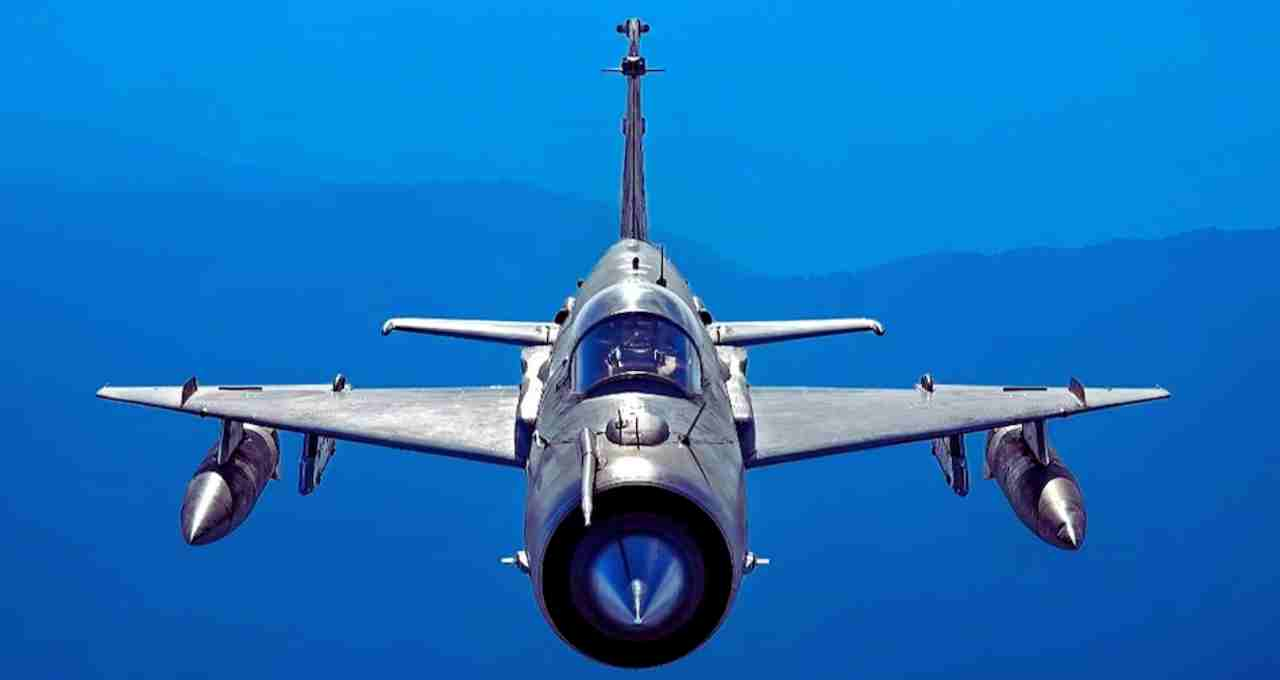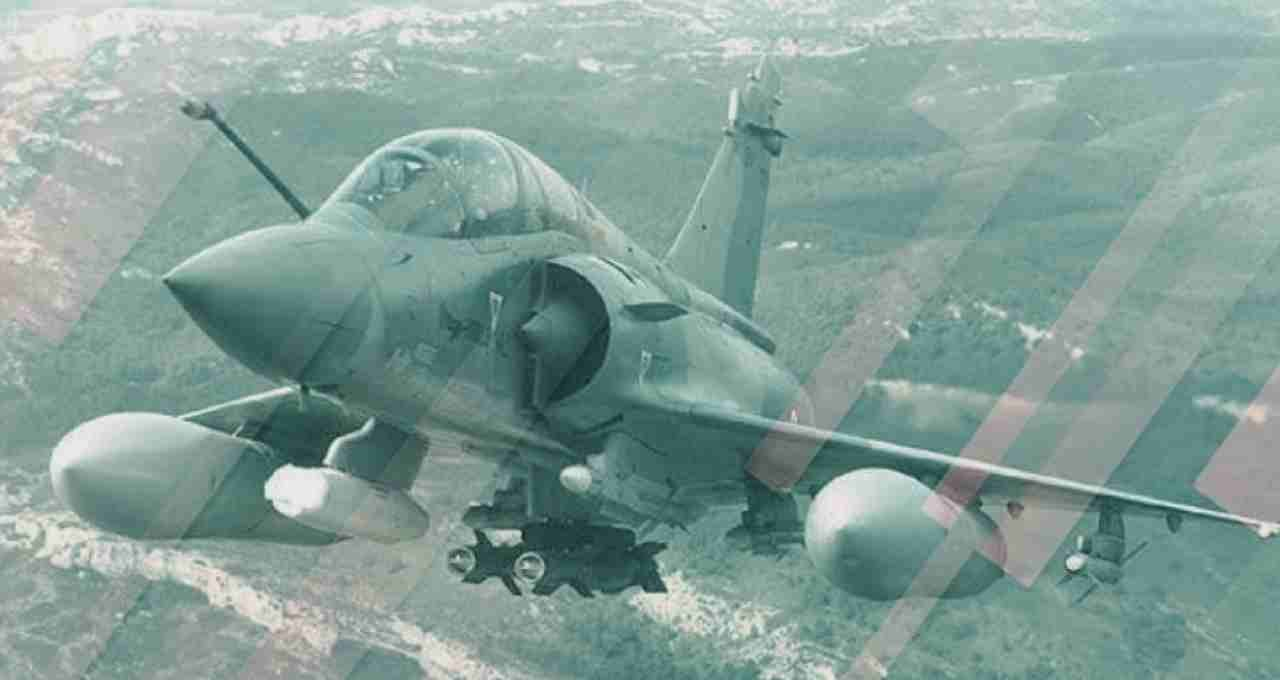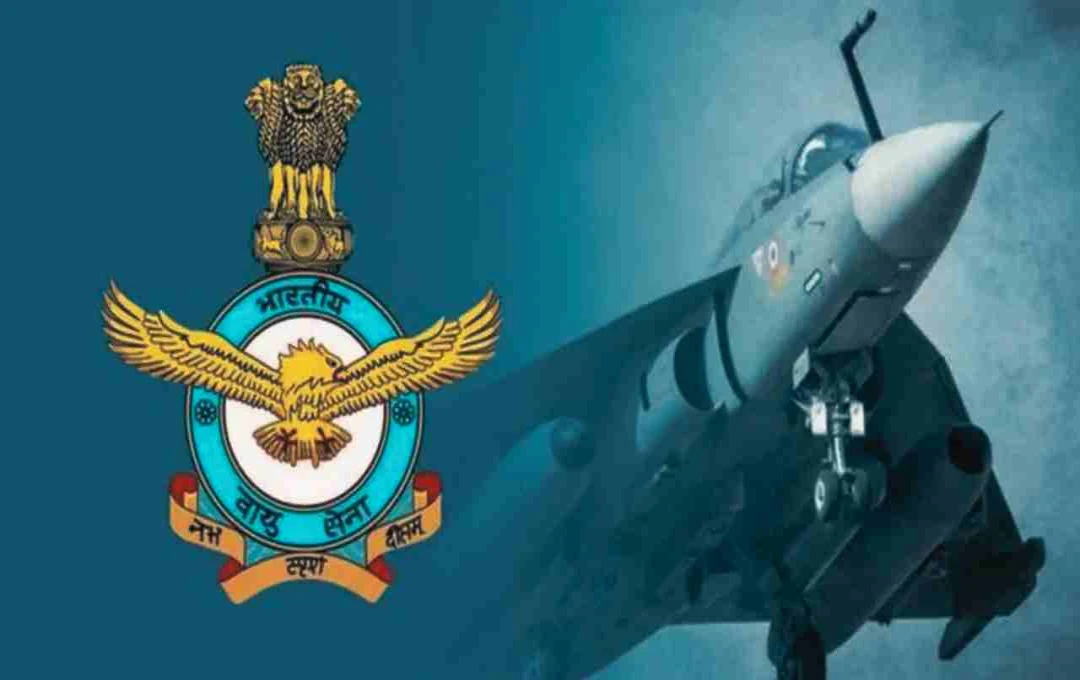Following a terrorist incident in Pulwama, Kashmir, the Indian Air Force (IAF) plans to procure high-altitude drones. These drones, to be designated "High-Altitude Platform Systems" (HAPS) aircraft, will be used for surveillance and intelligence gathering.
New Delhi: In the wake of the terrorist attack in Pulwama, Kashmir, the Indian Air Force is planning to deploy high-altitude long-endurance drones (HAPS) to bolster its security preparedness. These drones will not only monitor borders but also play a crucial role in intelligence gathering and surveillance.
This IAF initiative represents a new direction in defense, emphasizing the importance of High-Altitude Platform Systems (HAPS) aircraft.
Significance of HAPS Aircraft
HAPS aircraft, also known as 'pseudo-satellites', will be capable of sustained, unmanned flight at high altitudes. These drones will operate at altitudes of up to 20 kilometers, significantly higher than typical aircraft flight paths. Their primary function will be surveillance, intelligence gathering, and providing electronic intelligence. The IAF states that these aircraft will enable continuous monitoring of borders with both Pakistan and China.
Solar-Powered Drones

This latest IAF move reflects the growing global popularity of solar-powered drones for both commercial and military applications. HAPS aircraft are solar-powered, making them more cost-effective and durable compared to satellites. They do not require rockets for launch and can be easily deployed from various locations. Furthermore, their maintenance is simpler and cheaper than satellites.
The IAF has initiated the procurement process for three HAPS aircraft and associated equipment, requesting information from vendors by June 20th. This procurement is particularly significant given the rising tensions with Pakistan and the situation along the Line of Actual Control (LAC) with China.
Minimum 48-Hour Flight Requirement
The IAF requires these HAPS aircraft to have a minimum continuous flight endurance of 48 hours to ensure constant border surveillance. Additionally, the drones' data link and telemetry range should be at least 150 kilometers. These aircraft will fulfill crucial Intelligence, Surveillance, and Reconnaissance (ISR) functions and will be night-capable.
Furthermore, the RFI specifies that these drones will be equipped with electro-optical and infrared cameras, enabling operation at night or in low-light conditions. Another crucial feature will be their ability to detect objects up to 50 kilometers away.
ISTAR Aircraft Plans
The IAF's plans also include ISTAR (Intelligence, Surveillance, Targeting, and Reconnaissance) aircraft. These aircraft aim to provide actionable intelligence. They will gather actionable intelligence using synthetic aperture radar, electro-optical, and infrared sensors for immediate application.
Co-development and co-production of the ISTAR platform under the Defense Technology and Trade Initiative (DTTI) between India and the US was considered; however, this initiative has not yet fully materialized.

A New Turn in Security
This new IAF initiative will not only improve border surveillance and intelligence gathering but could also represent a paradigm shift in security. These high-altitude, solar-powered drones will be ideal for monitoring borders with Pakistan and China and will prove highly effective in various military operations.
This step signifies a new technological advancement for Indian security forces, enhancing defense capabilities through advanced drone technology. These drones will further strengthen the IAF's technological prowess and preparedness against growing military threats.














